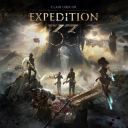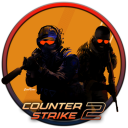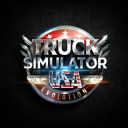The Heart of Starcraft II: A Closer Look at Its Races, Tactics, and Gameplay
Jul-03-2024
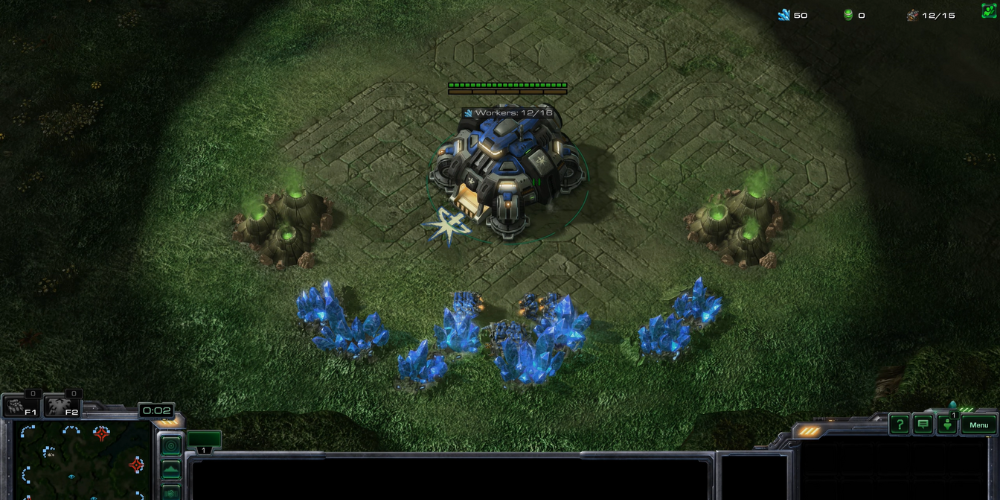
Starcraft II, one of the world's most admired and esteemed real-time strategy video games, consistently intrigues its dedicated followers with its elaborate gameplay. Launched over a decade ago, its relevance today is a testament to its advanced gameplay design and strategic complexity. Its longevity is not a product of chance but rather of impeccable design that encourages continuous exploration and mastery.
The game has garnered fame for its distinctive factions - the Terrans, the Protoss, and the Zerg. Each race, possessing its unique abilities, aesthetics, and strategic approaches, offers different gameplay experiences. This enhancement of diversity is seen as one of the central factors contributing to the charm and allure of Starcraft II. It creates a dynamic battlefield where different ideologies clash, resulting in a symphony of strategies and counterstrategies that makes each match uniquely engaging.
Another key feature of Starcraft II lies in its deep strategy elements. Players are encouraged to not only master the mechanics of their chosen race but also to devise innovative strategies around their strengths and weaknesses. Comprehending the broader tactical landscape of Starcraft II requires a deep knowledge of the game's mechanics and dynamics. Such tactical depth and complexity contribute to Starcraft II's widespread popularity among both casual and competitive gamers.
Moreover, its intricate gameplay dynamics, requiring swift decision-making and strategic foresight, make Starcraft II a fascinating subject for study. The gameplay challenges the balance between macro-level strategy and micro-level unit control. It demands players to consider a plethora of factors - from managing resources and building armies to controlling units and engaging in combat, further highlighting why Starcraft II has long remained an eSports mainstay.
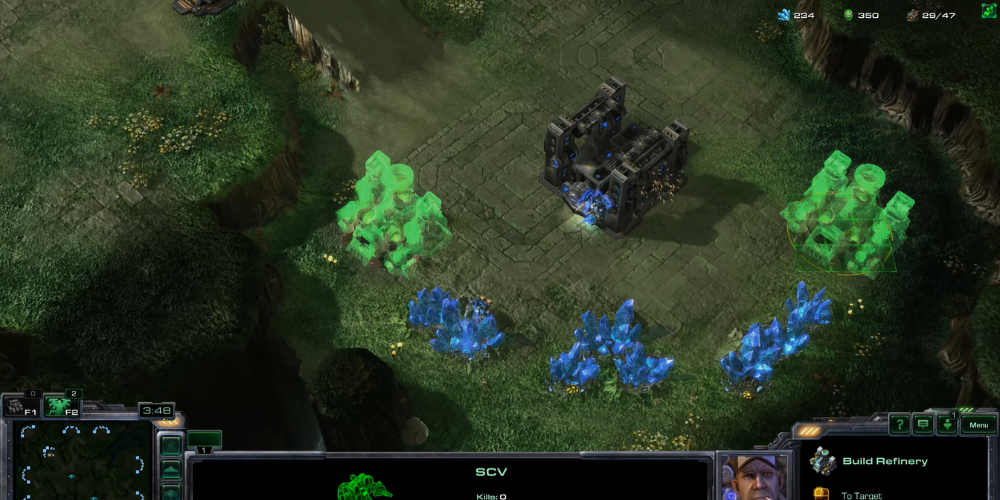
In this article, we will take a comprehensive look into the heart of Starcraft II, dissecting the richness and nuance of its races, strategies, and gameplay demands. Our exploration will delve into the diverse characteristics of each playable race, the critical strategic concepts at play, and the complex demands of its gameplay. Whether you're new to the game or an experienced player, this deep-dive aims to shed new light on the beloved world of Starcraft II.
1. The Diverse Races of Starcraft II
Among the many distinctive attributes of Starcraft II that set it apart from other real-time strategy games, the diversity in its playable races takes center stage. Each race, represented by the human Terrans, the technologically advanced Protoss, and the morphing Zergs, infuses a unique flavor into gameplay. This provides an array of strategic options to players and enhances the overall depth and complexity of the game.
The Terrans, representing humanity in the game, showcase a balance of strength, speed, and technology. As the most versatile race, they come with a slew of ground and aerial units and are known for their strong military and defense capabilities. Their structures can be moved after being placed, a unique feature that allows for adaptive formations and unexpected strategic maneuvers, adding a dynamic layer to gameplay. These abilities make them a flexible and reliable choice for players who prefer adaptability and resourcefulness.
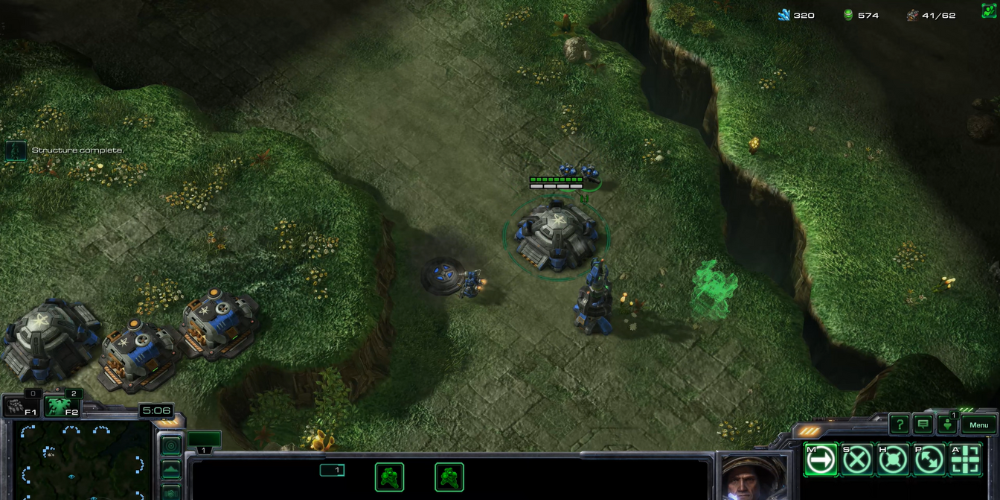
The Protoss, on the other hand, are a highly advanced alien race. With their technologically superior units and structures, the Protoss are the epitome of quality over quantity in the Starcraft universe. They have the most durable and potent units but at a higher cost. Their playstyle focuses on maintaining a smaller yet more powerful military force and on gaining strategic ground. This demands a keen understanding of positioning and spatial control from Protoss players, necessitating a blend of aggressive and defensive gameplay strategies.
The final race in the Starcraft II triad is the Zerg. Known for their rapid reproduction and adaptability, the Zergs can swiftly dominate the map with their overwhelming numbers. These alien life forms follow a unique method of creating units, allowing for a highly mobile and sizeable Zerg swarm in the blink of an eye. The gameplay for the Zergs often involves a lot of pressure, aggression, and map control, presenting a unique set of challenges and opportunities for players.
Each race in Starcraft II, with its unique variety of units, structures, and mechanics, contributes to the game's depth and diversity. These distinct traits manifest not merely in their visuals but, more importantly, in the wealth of gameplay strategies they offer that make starcraft II an ever-evolving challenge for both initiates and veterans alike.
1.1 Terrans
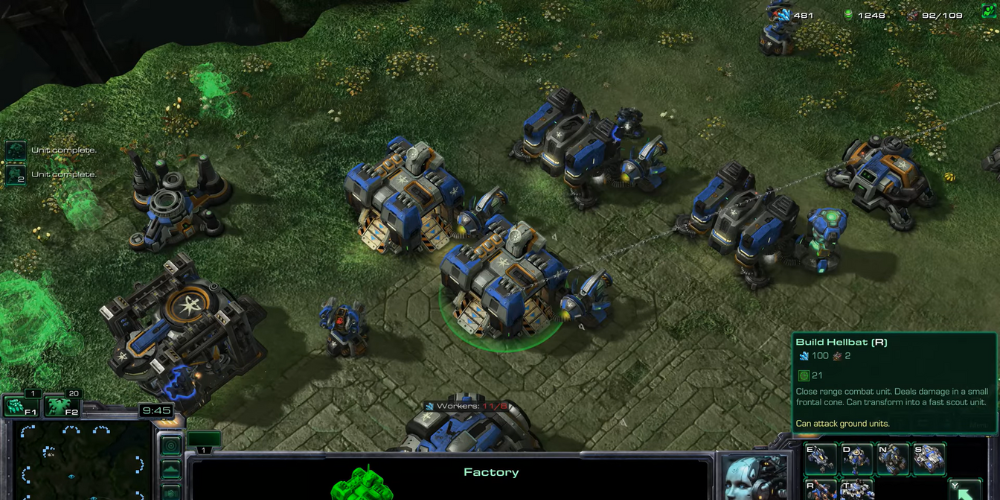
The Terrans, representing mankind in the Starcraft II universe, bear the trait of versatility that resonates in many aspects of their gameplay. Hailing from Earth, these human exiles have adapted to the outer reaches of space, battling against alien races with a determination and grit characteristic of their human origins. They're singularly remarkable for their diverse array of military units and structures - each offering its unique synergies and strategies that can turn the tide of a battle.
The military might of Terrans lies in their robust and flexible units. Ranging from the swift and agile Marines to the heavily armored Siege Tanks, all the way to the devastating Battlecruisers, Terran players have at their disposal a wide arsenal to execute a variety of tactics. This abundance of choices allows Terran players to develop various strategies, making them quite unpredictable and, hence, formidable adversaries.
One defining feature that bolsters the Terrans' adaptability is the "Lift Off" capability. This function allows Terran structures to uproot themselves from their foundation and relocate at will, a feature absent in the other two races. This trait of adaptability can greatly frustrate enemy plans, as Terran bases can relocate at the first sign of danger and even orchestrate surprise attacks from unexpected directions.
When it comes to defending, Terrans are equally proficient. Their Bunkers can house infantry units, increasing their defensive capabilities and providing vital support during enemy onslaughts. Their Siege Tanks, when in Siege Mode, deliver long-range bombardments that inflict heavy damage on incoming opponents, making them an integral part of Terran's defensive strategy.
On the offensive front, the Terrans are just as formidable. Armed with cloaked Banshee aircraft that can lay waste to enemy lines and dropships capable of infiltrating opposition bases, Terrans can orchestrate multi-pronged attacks, keeping their adversaries on their toes.
All these elements combine to make the Terrans a well-rounded race in Starcraft II. Whether you're an aspiring commander seeking balance and flexibility or a seasoned veteran desiring complex strategies, the Terrans provide the tools and versatility necessary to conquer the battlefield.
1.2 Protoss
The Protoss, an advanced alien race with powerful psionic abilities, features robustly armored units and superior technology. Known for their high-cost and high-value troops, the Protoss playstyle typically revolves around smaller, stronger armies and territorial control.
1.3 Zerg
Lastly, the Zerg, a ferocious horde of mutating life forms, are renowned for their rapid reproduction rate and malleability. Zerg players primarily focus on quickly growing their numbers and overwhelming the enemy through sheer force.
2. Intriguing Strategies within Starcraft II
Unique strategies are paramount in Starcraft II, where different battle plans can swing the edge of victory in minutes. From the initial phase of building your base and gathering resources to executing complex fight maneuvers, every decision matters.
2.1 Economy Management
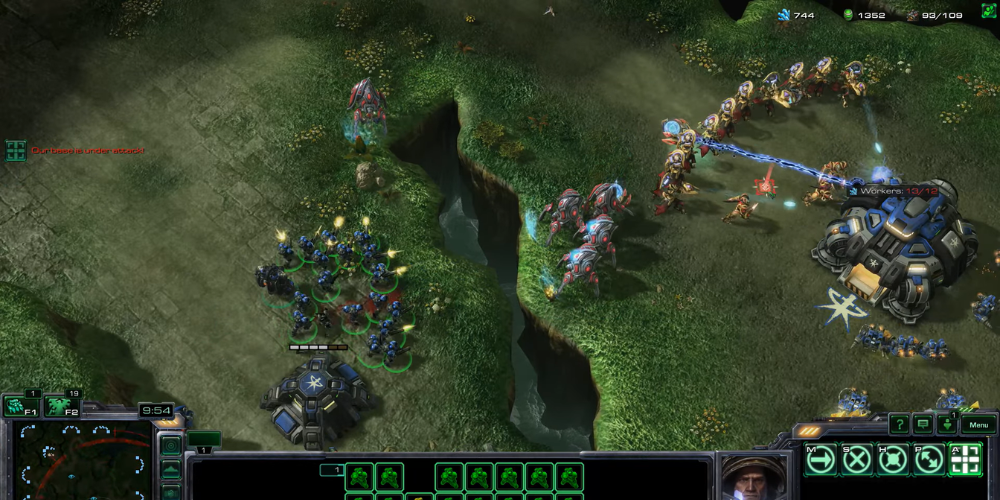
A well-managed economy is the cornerstone of victory in Starcraft II. Players need to continuously gather resources to fund their military campaigns and to expand their bases. Striking a balance between investing in economic growth and maintaining an adequate defensive force is a fundamental part of winning strategies.
2.2 Scouting and Map Control
Information is power. Key information about enemy locations, their base structure, and potential threats can be vital in formulating successful strategies. Having control over the map also gives players an upper hand in positioning and striking when the enemy least expects.
3. The Complex Gameplay of Starcraft II
Starcraft II's gameplay necessitates advanced prowess, lightning-fast reflexes, and the capacity for breakneck decision-making. By weaving a sophisticated combination of strategy and dominance, the game ensures continual thrill for the participants.
3.1 Multitasking
The importance of multitasking cannot be overstated in Starcraft II. Whether it's prioritizing unit production, coordinating attacks, or overseeing mining operations, players are required to juggle multiple tasks simultaneously to stay ahead of their opponents.
3.2 Micromanagement and Macromanagement
Micromanagement, which refers to the control of individual units, and macromanagement, the broader oversight of economy and production, are critical skills in the game. A master Starcraft II player knows how to dart between micromanaging battles and macromanaging their empire, maintaining a balance that keeps their strategy on track.
In conclusion, Starcraft II offers a rich and profound gaming experience, encompassing diverse races with unique traits, intriguing strategies, and complex gameplay mechanics. Its ability to engage players on multiple levels cements its legendary status among real-time strategy video games and makes it a fascinating subject for detailed study.

